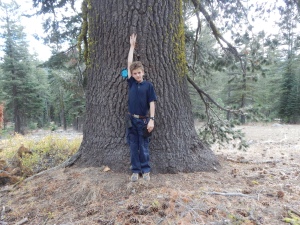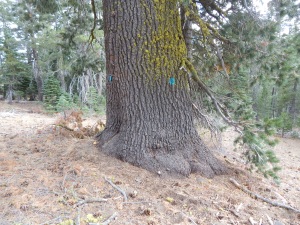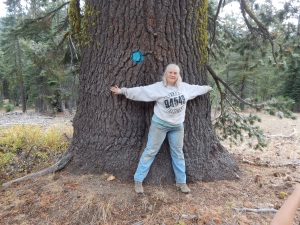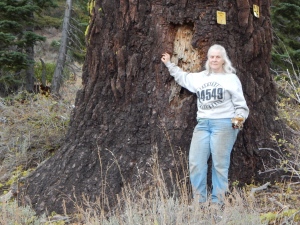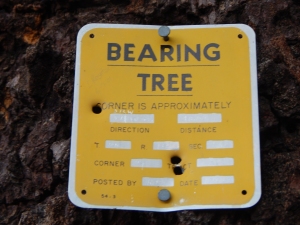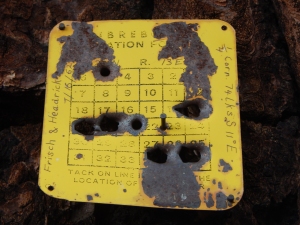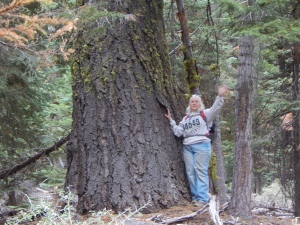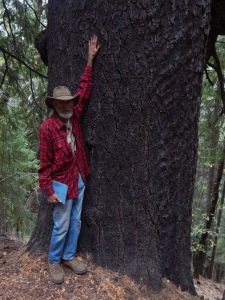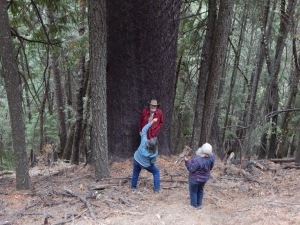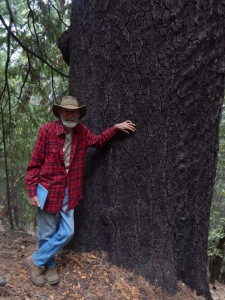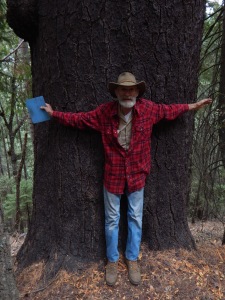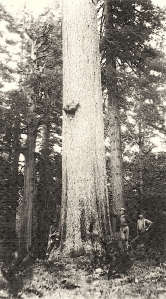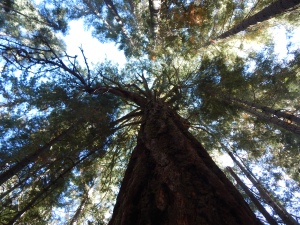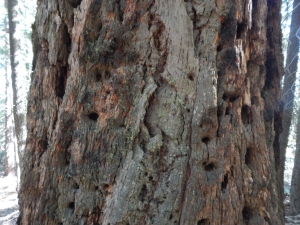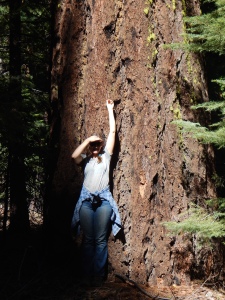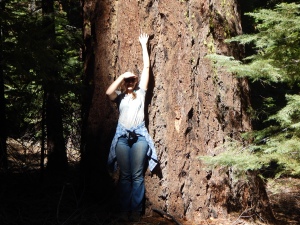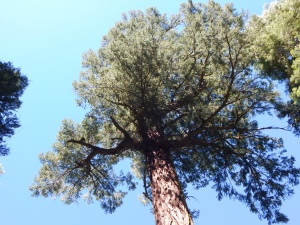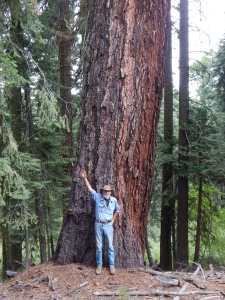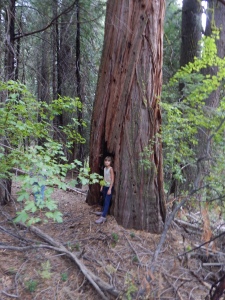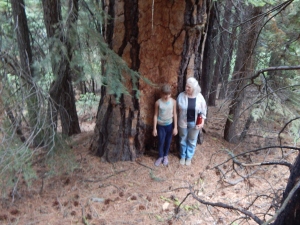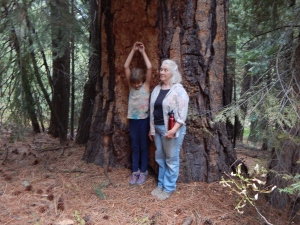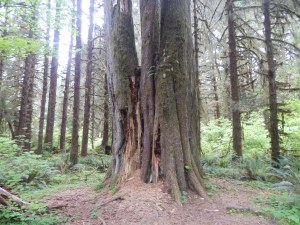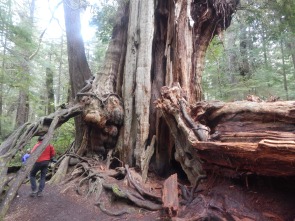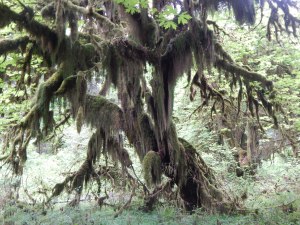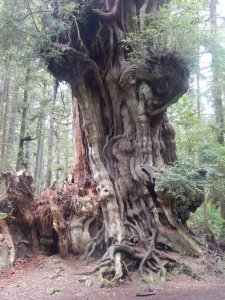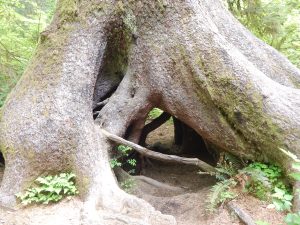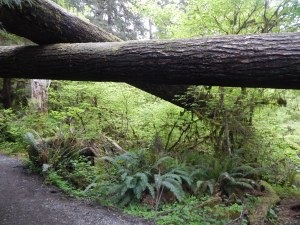Hello all,
Day before yesterday, on Friday November 6th, 2015, I got up early and left fairly early to go meet Michael Taylor, discoverer of the world’s tallest tree, and to go look for a supposed 9′ DBH Ponderosa pine, which would break the DBH record held by the La Pine Giant in Deschutes County, OR. We got to Almanor (location of the Collins Pine kept secret to respect the wishes of the Collins Pine Company, who owns the land) at about 11, and met Michael Taylor at 11:15. I got to talk to him, and he wants to send me a copy of Bob van Pelt’s Forest Giants of the Pacific Coast, which can be considered the quintessential big tree book. As it turned out, he had already found the tree, having gotten up at O’dark:30 (our joke about really early in the morning) thanks to insomnia from a toothache. He had to head back home to schedule a dentist’s appointment, but getting to meet him was amazing. After all, it makes one very happy when he or she meets one of their personal heroes.
Anyway, we set out up the road (exact location undisclosed) to find the pine. When we finally found it, we measured the monstrosity. It has an 8.36′ DBH, a 26′ 3.5″ CBH and a 147.0′ H (as measured within 0.5″ by Michael Taylor with laser rangefinder) and a volume (as measured with relascope by Michael Taylor) of 4,327 cubic feet, a number 8 for the species and one of the few 8’+ DBH pines known. Then it was back down the road to home. Now for photos:
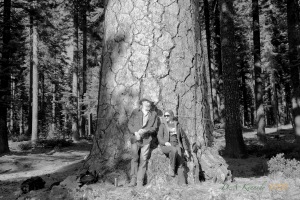
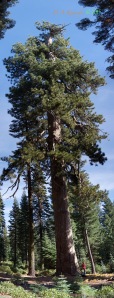

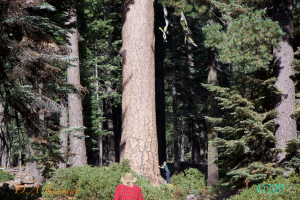
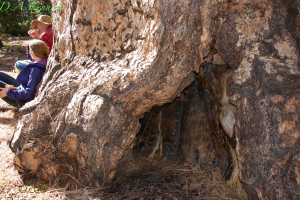
I’d also like to thank the following people for this expedition for various reasons: Michael Taylor, Jennifer Kennedy, William Harnach, Jay Francis, Gregg Scott and the loggers who first spied and then saved this tree in the 1920s (or thereabouts).
Duncan

